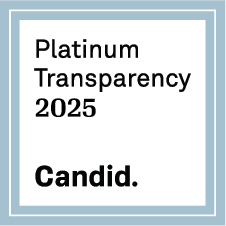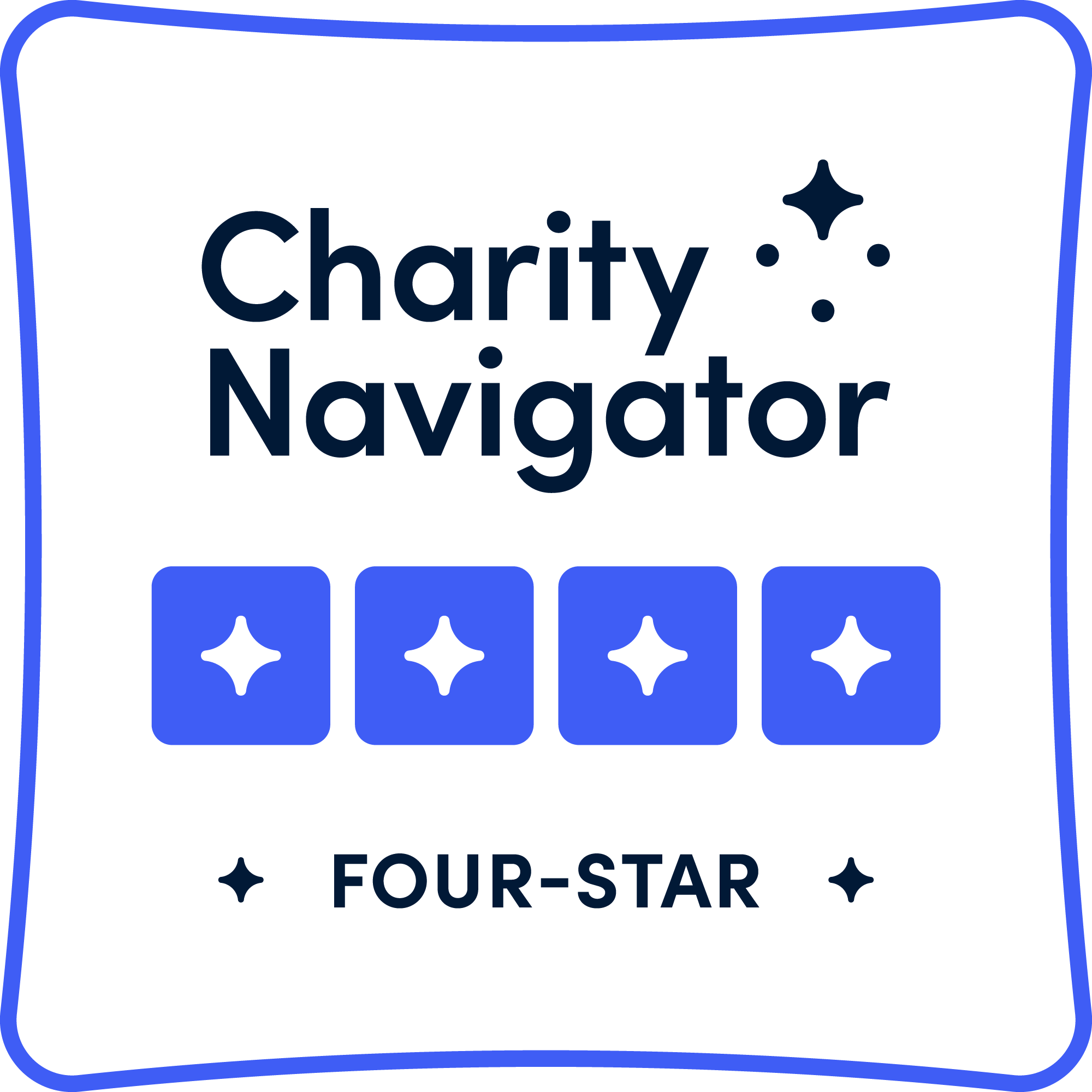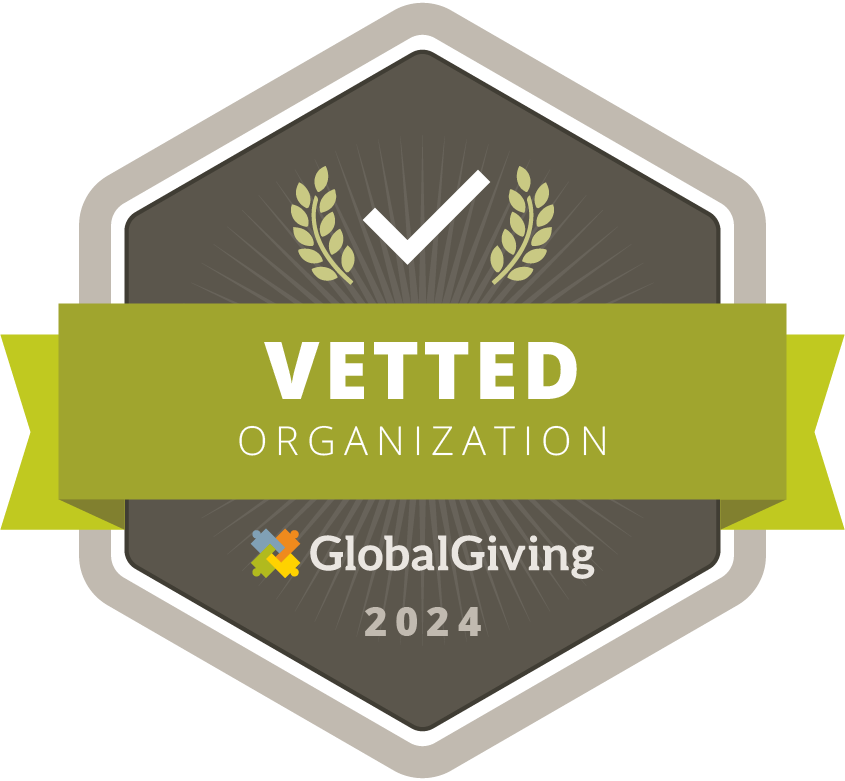New Study Finds Investing in Global Eye Care “Best Buy” for ROI
Multiple studies confirm that investing in eye care in global development efforts has the largest return to improve lives and communities.
A new ground-breaking policy paper released by the Seva Foundation found that eye health is a “best buy” in global development efforts. Their systematic review of 21 case studies across 10 low- and middle-income countries shows the typical return from eye health investment is an astonishing 36-to-1. Refractive error and cataract correction outpace typical returns from global development interventions 6 times over.
HCP Cureblindness has always believed that investments in direct patient care and efforts to build and support self-sustaining eye health systems with training, infrastructure and equipment remain the best way to make both an immediate and long-lasting impact. In 2023, with the acquisition of SightLife International, HCP Cureblindness was able to expand its prevention efforts and allow people’s treatable illnesses and injuries from progressing to blindness.
Our multi-pillar approach is working to allow countries in sub-Saharan Africa and South Asia to build self-sustaining eye health systems that include primary, secondary and tertiary levels of care with trained health care providers available at each of these levels.

“These findings should bolster our donors’ confidence that their generous contributions to support HCP are helping to make an impactful, long-lasting difference in the countries where we work,” says CEO K-T Overbey. “Curing blindness is helping to break the cycle of poverty by allowing children to return to school and adults to return to work. It’s also allowing a blind person to re-engage with their world, lessening his or her feelings of isolation and loneliness.”
The paper’s findings, together with other recent reports, have pushed the sector towards a watershed moment in making the case for preventing blindness and visual impairment from cataract and refractive error.
Why Prioritize Eye Health?
Best Return on Investment
An investment in eye health outpaces other developmental investments including nutrition (13-to-1), non-communicable diseases (9-to-1) and all development (6-to-1). The policy paper found that every one dollar invested in eye care global development efforts resulted in a return of $36.
Studies have shown that the socioeconomic effects of cataract surgery are substantial: it allows people to increase their economic productivity by up to 1500% of the cost of surgery during the first postoperative year.
Scale of the Problem
According to the World Health Organization, more than 1.1 Billion people live with preventable vision impairment, a number that they predict will increase by 55-percent to 1.8 Billion people by 2050.
HCP Cureblindness knows the immense scale of the problem. Hundreds of patients arrive at every surgical outreach we host, the tiniest fraction of the overall need. The patients we meet, men, women and children, and their stories, stay with us and motivate us to continue our work to not stop until we (with partners) cure blindness.
It’s a lofty goal. Globally, 43 million people are blind, a burden that is largely (80%) treatable or preventable. We are committed to continuing our work to lessen the number of people who are blind.
The Problem is Solvable. Solutions are inexpensive, proven and scalable.
When HCP started in 1995 in the shadow of the Himalayas, doctors saw that the problem caused by cataract blindness was solvable with a quick, inexpensive surgery. Since then, HCP and partners have replicated their surgical outreaches in countries across sub-Saharan Africa and South Asia. Making the outreaches scalable by including training of local doctors as part of our strategic plan for growth and sustainability.
*The referenced policy paper is based on research conducted by the Seva Foundation, in collaboration with researchers from Mettalytics, Johns Hopkins University, University of San Francisco, University of California San Francisco, Aravind Eye Care System and LV Prasad Eye Institute, forthcoming in the Bulletin of the World Health Organization.






